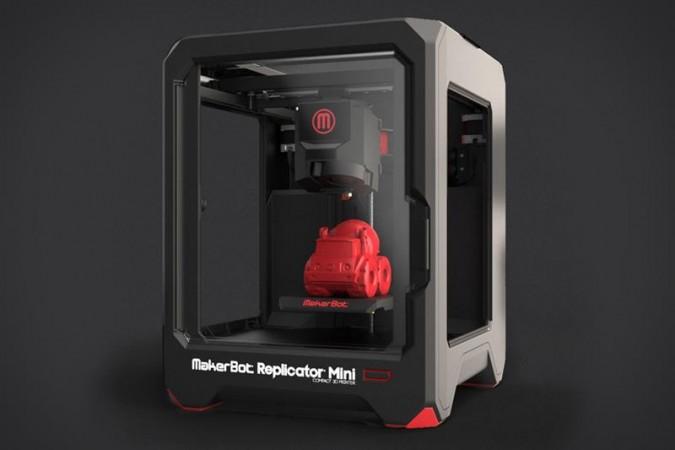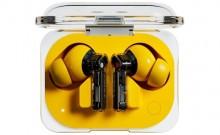
A team at Harvard's Wyss Institute for Biologically Inspired Engineering and John A Paulson School of Engineering and Applied Sciences (SEAS), inspired by the potential for flexible electronic components in wearable devices, has developed a 3D printer that uses silver nanoparticles and a laser to print free-standing flexible metallic structures.
The method in which the structures are printed give the appearance that they are being printed midair. In a traditional plastic polymer-based 3D printer, even structures that in theory could stand on their own require to be printed with support structures before being separated.
"I am truly excited by this latest advance from our lab, which allows one to 3D-print and anneal flexible metal electrodes and complex architectures 'on-the-fly,' " said Jennifer Lewis, who led the research team.
The ink used by this particular 3D printer is composed of microscopic particles of silver extruded through a nozzle. The particles are melted by a laser, which come together to form the structure. The print nozzle can apparently move through the X, Y and Z axes, which can be rotated on the surface on which the structure is printed. The printed wires are as conductive as silver and can be as thin as human hair.
According to the study's first author, Mark Skylar-Scott, the most challenging aspect to the printer's development was optimising the rate at which the extruded ink was annealed.
"If the laser gets too close to the nozzle during printing, heat is conducted upstream which clogs the nozzle with solidified ink," said Skylar-Scott. To address the issue, the researchers factored in the rate at which the silver would be able to conduct heat, resulting in the printer being able to create structures with gentle curves, complicated spirals and even print directly on plastic components.
The researchers see the technology being used to develop wearable electronics, antennae, sensors and biomedical devices.









